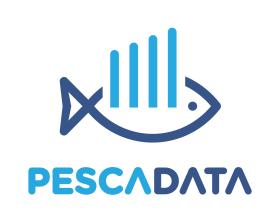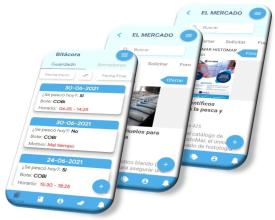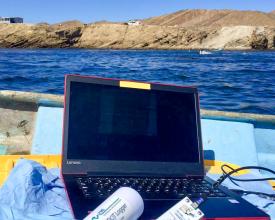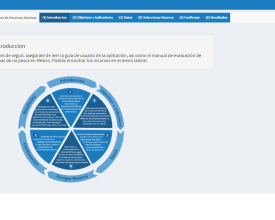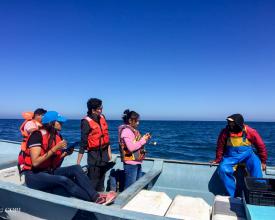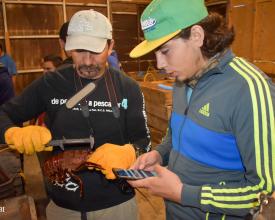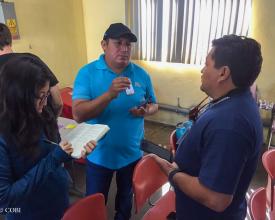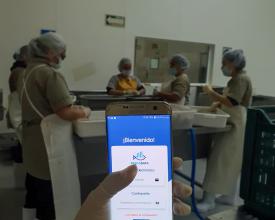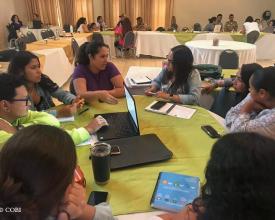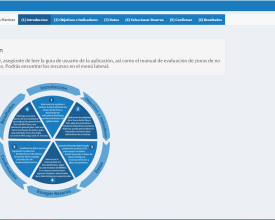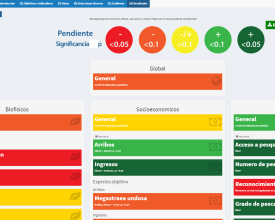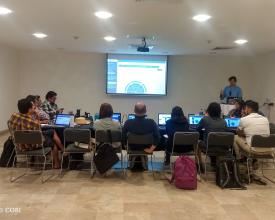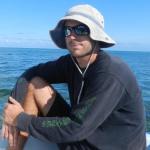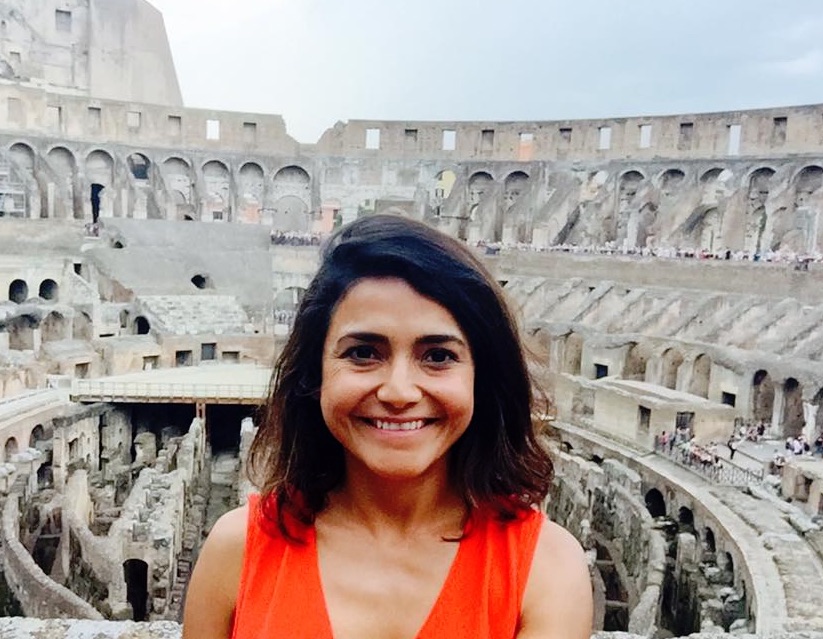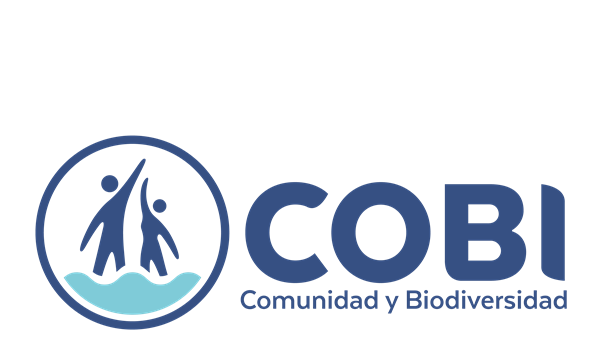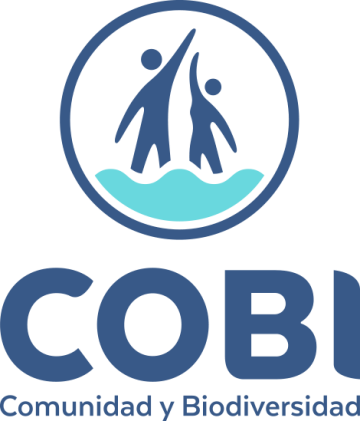
Technological innovation in fisheries and conservation
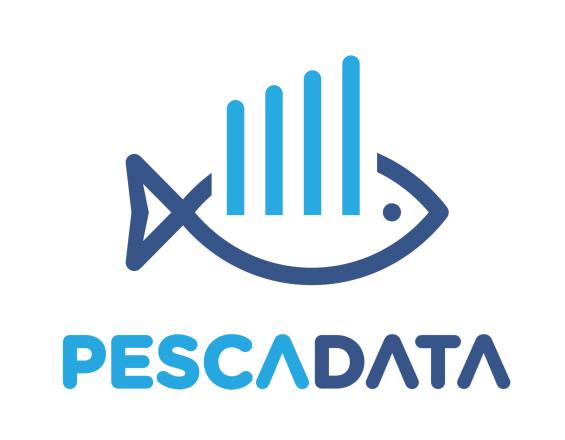
Innovation, based on smartphone technology, has drastically changed the way we can empower fishing communities and record information. Smartphone Apps, online Web-Apps and websites allow an unlimited number of users to access and participate in scientific studies, analyze data, contribute and receive information. This allows science to operate at scales and speeds previously impossible.
In this solution, different technological tools are presented, used for conservation and sustainable fishing purposes, promoting digital inclusion and modernizing the fishing sector. To this end, a mobile application (PescaData) was created to record fishing data, exchange services and products, and connect fishing communities. In addition, the first Spanish-language online course on fisheries management was offered and a platform was created to evaluate marine reserves.
Context
Challenges addressed
One of the social challenges identified was that the implementation of new technologies can impact people who do not have access to smartphones or stable internet. To overcome this digital divide, it is important to seek mechanisms to include all relevant groups and use technology as something inclusive, not exclusive. Among the social challenges, he also highlighted the need to identify the best way to disseminate and promote the use of technological tools to a sector that is not usually very familiar with technology. Finally, one of the important economic challenges to consider is that, in general, the development of technological components can be costly. Therefore, it is recommended to collaborate and build on what already exists, creating better products and with open source systems.
Location
Process
Summary of the process
Conservation is implemented at the local level, but there are thousands of coastal communities in Mexico and Latin America and, in order to have an impact on all these communities, it is necessary to look for scalable and replicable tools. Digital tools play this role.
The four components are examples of technological tools with the aim of creating digital solutions for fisherwomen and fishermen, making them participants in the conservation of marine resources and their sustainability, and in turn encouraging information to be in their hands. Thus, through the "PescaData" app component, the aim is to facilitate the recording and storage of daily catches and expenses, as well as to connect fishermen and fisherwomen, offer services and products, and create and share solutions among the sector. On the other hand, the other components seek to generate specific knowledge within the sector, making use of technology and the opportunities that new tools such as MAREA and online courses offer.
Building Blocks
Every fish counts - PescaData and mobile technology
PescaData is a mobile application that promotes and improves the collection of fisheries data, and encourages fisheries with a systematic record of their catches to move towards sustainable fisheries certification. PescaData provides the fishing sector with a tool to strengthen its administrative capacities, provide digital spaces for the exchange of products and services (marketplace) and connect with others in different regions. The objective is to share knowledge and create solutions aimed at adapting to changes in the short term and address global issues.
PescaData was created in collaboration with the fishing sector and by mid-2021, it has 681 users from 63 fishing organizations in Mexico and Latin America. It is available on the App Store and Google Play, and is free to download. PescaData has a section for registering fishing logs, the list of species and El Mercado, as well as a web page where information about the application, download links and informative blogs on relevant topics of PescaData and its implementation in the fishing sector are displayed.
Enabling factors
- Participation of the fishing sector in the development and improvement of the application.
- To count on collaborations to achieve the economic sustainability of the platform.
- Advise the fishing sector on the importance of systematizing their information and the use of technological tools to create solutions.
- Create communication and adoption campaigns to scale the use of technological tools in general.
- Selection of digital innovators (influencers) in the communities to scale the application to other regions and fishing communities.
Lesson learned
- Successful solutions to achieve good fisheries management and responsible appropriation of resources come from the fishing communities themselves.
- It is important to have financial planning to ensure the economic sustainability of the platform in the short and long term.
- Digital inclusion must be considered; there are fisherwomen, fishermen and communities that do not have access to internet or mobile data. The ideal is to create a platform that is freely accessible and can be used without internet.
- Digital tools offer a range of possibilities for small-scale fisheries. They contribute to improved fisheries management, encourage transparency, help increase the efficiency of collecting and analyzing fisheries data, build and strengthen administrative capacities, establish communication networks and foster the exchange of local knowledge. The priority for these tools is to ensure that they are available to all stakeholders.
The digital revolution in strengthening fisheries knowledge
To strengthen the knowledge of stakeholders involved in fisheries management and increase training and consultation resources on fisheries management, COBI created the self-learning course "Fisheries management with an ecosystem approach". The course is offered virtually and free of charge through FAO's Training Nucleus platform. The topics covered are: 1) the basics of fisheries biology and population dynamics, 2) fisheries management with an ecosystem approach, 3) management and restoration of fisheries and marine ecosystems, and 4) success stories in Latin America.
The course seeks to consider the impacts of fishing through different axes (ecological, social, economic and governmental), to ensure that fisheries management goes beyond the sustainability of target species populations, to transmit success stories of responsible fishing in Latin America, and to implement knowledge in decision-making.
Enabling factors
- The development of a structured and free program that offers materials and tools for all interested persons and sectors.
- The use of the Spanish language for these trainings is important due to the impact sought at the Latin American level. The language should not be technical so that it is suitable for all audiences.
- Constant dissemination of the course (topics, content, usefulness, etc.) among the different stakeholders.
Lesson learned
- Offering a Spanish-language course increased the number of participants in Mexico and Latin America, having an impact in 22 different countries. After only one year of the course being active, there has been a high approval rate among the active courses of the FAO Training Nucleus and with respect to other self-learning courses offered online.
- A course promotion strategy should be structured to reach more people and institutions.
- This type of tool provides an opportunity to actively participate in knowledge transfer and capacity building to improve fishing practices and sustainably manage fisheries.
Resources
MAREA: a tool for the evaluation of marine reserves
MAREA (MArine Reserve Evaluation App) is an innovative open source web-based technology tool that automates analyses to evaluate the effectiveness of marine reserves, which must be evaluated over time. This tool uses as reference a framework with biophysical, socioeconomic and governance indicators. It also selects some indicators by default according to the objectives set during the establishment of the marine reserve or protected area, but the user can also customize the list of indicators that are of interest. For the analysis, the user must provide 1) biological, 2) socioeconomic and 3) governance data, as well as select the community, reserve and target species within the MAREA database. This will yield an overall evaluation of the reserve and an overall assessment for each of the indicators. The results will provide useful information to know the status of the marine reserves and contribute to decision making.
Enabling factors
- The evaluation criteria should be aligned with the main objectives of marine reserves or protected areas.
- The evaluation framework should be based not only on ecological dimensions, but also on socioeconomic and governance dimensions.
- To promote the involvement of users in the management of marine reserves, accessible technological tools are required for their evaluation, using standardized processes.
Lesson learned
- Having an automated and standardized guide and application facilitates the evaluation process of marine reserves (or protected areas) by the fishing sector and managers.
- In Mexico, the number of marine reserves has grown recently due to regulations that allow fishermen and fisherwomen to obtain legal recognition of certain areas (e.g., fishing refuge zones), as well as the interest of the fishing sector in conserving biodiversity and achieving sustainable fisheries. These regulations and the implementation of marine reserves are generally not accompanied by standardized guidelines for evaluating the performance of these tools.
- Consider the limited access to technological tools (computers) and the internet in remote communities and adapt implementation strategies, including offline versions.
Impacts
The introduction of innovative technological tools in fishing communities has brought positive results. We have been able to operate at previously impossible scales, reaching approximately 700 people involved in the productive sector in Mexico and other Latin American countries by the year 2021. Through the online course on fisheries management, we had an impact in 44 countries worldwide, with 2,940 participants (52.5% male and 47.5% female) of which 1,239 obtained their final certificate. The main countries with enrolled and approved students are Mexico, Peru and Ecuador. Finally, biological, socioeconomic and governance data associated with marine reserves have been analyzed in virtual spaces (the cloud), facilitating standardized processes and promoting transparency.
Through these digital tools, fishermen and fisherwomen and the fishing sector have been empowered, providing them with up-to-date information at hand to help them make better management decisions. Every day we are moving more and more towards a digital world and it is important that the fisheries and conservation sector stays ahead of the curve.
Beneficiaries
Fishermen and fisherwomen and people involved in fisheries management in Mexico and Latin America.
Sustainable Development Goals
Story
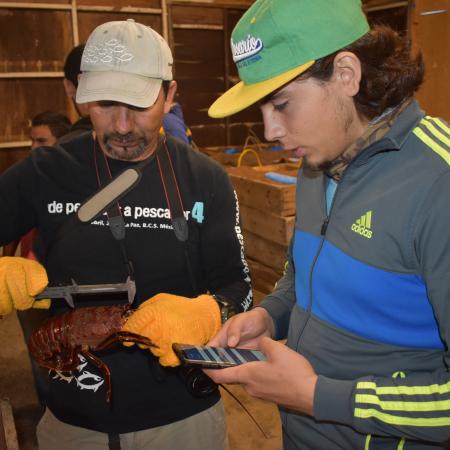
During the COVID-19 pandemic, fishermen and women needed to communicate remotely and work in a coordinated manner to create solutions and responses to the impacts of the pandemic on their fisheries and markets. These difficult times have prompted the fishing sector to use technology to communicate and continue, as much as possible, with their daily fishing activities, providing an opportunity to explore the advantages of using technology. As a result, communication groups were formed in the fishing sector to coordinate activities and share information relevant to the current situation and the impact on their fishing communities. In addition, collaborative contacts between fisherwomen and fishermen were established through various digital communication channels. Material related to the impacts of COVID-19 on the fishing sector can be consulted in the resources section.

